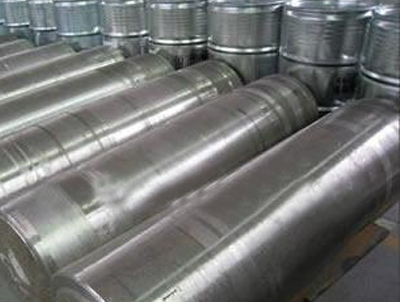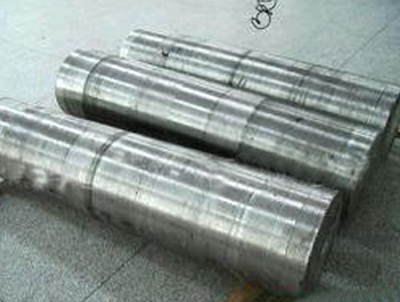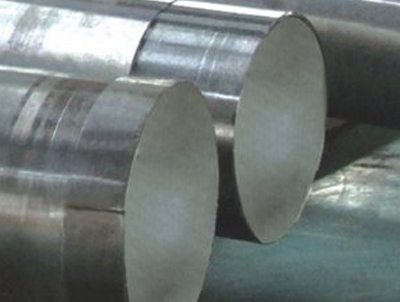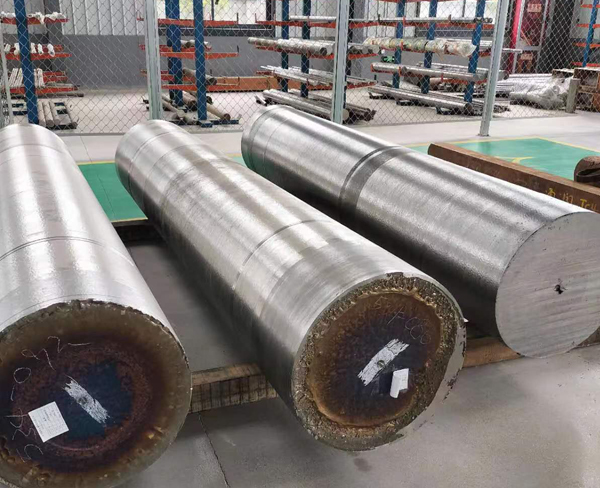Location:Home>>News & Events
Titanium Application
Views :
Update time : 2013-04-11
Titanium, the multitalented metal used in everything from jet engines to eyeglass frames, has taken on yet another role as the crucial component of two toothbrushes that aim to shake up the staid world of dental hygiene.
Titanium, the multitalented metal used in everything from jet engines to eyeglass frames, has taken on yet another role as the crucial component of two toothbrushes that aim to shake up the staid world of dental hygiene.
rarely agree on anything, the new brushes take some getting used to.
“People think it’s hocus-pocus,” said Erik Powers, of Powers International in Henderson, Nev., who has recently started importing the $29.95 no-toothpaste Soladey brush to the United States. The brush was invented in Japan. “If you put this on the shelf next to a 99-cent toothbrush, which would you buy?”
For Nick Ravotti, a store manager in Manhattan, there is no question. “I’m a believer,” said Mr. Ravotti, who was given a brush by a reporter who received samples from the company.
When he eats his favorite salsa, the aftertaste, “normally kind of stagnant and sour,” is simply gone, Mr. Ravotti said. “It’s the most bizarre feeling,” he added. “I feel better after using this toothbrush than I do after using a regular toothbrush.”
Admittedly, it’s awkward, because the brush must be activated by bright light. (Mr. Ravotti shines a desk lamp into his mouth.)
The brush, available at soladey-usa.com, relies on a property of titanium dioxide. It is photocatalytic, meaning that it causes chemical reactions in the presence of light.
Light shining on the titanium dioxide rod in the brush’s handle generates negatively charged electrons, which steal positively charged ions from dental plaque, causing oxidation. Brushing creates a slurry of negatively charged saliva, which attracts and decomposes plaque.
The concept makes sense, said Donald C. Selmarten, a senior scientist at the National Renewable Energy Laboratory in Golden, Colo. “They are suggesting you can do oxidative electrochemistry inside your mouth,” he said. “The principle sounds reasonable. It is not out there in left field.”
But Dr. Selmarten has questions about the details — whether the wavelength of visible light is high enough to drive the reaction inside a dark mouth, and whether the resulting positive charge will actually remove plaque. The assumption is that “saliva, which is an aqueous solution with biomolecules in it, will be enough electrolyte to actually break down the contaminant,” he said.
Kunio Komiyama, a dentist at the University of Saskatchewan College of Dentistry in Canada, is currently researching the next generation of Soladey, which has a solar panel in the handle to speed the reaction.
“We can prove this product has a bacteriocidic effect,” said Dr. Komiyama, whose research, sponsored by the brush’s maker, the Shiken Corporation of Osaka, Japan, suggests that the brush reduces the amount of oral bacteria.
The company says the titanium dioxide core will never lose effectiveness. But it does sell replacement heads, because the nylon bristles will eventually splay.
That is the problem that the TiFinity toothbrush, with its long-lasting titanium bristles, aims to solve.
“The efficacy of a nylon brush, which is the plaque-removal ability, drops 30 percent in the first three months,” said TiFinity’s inventor, Dane Q. Robinson, a dentist in Tempe, Ariz. The TiFinity brush should last several years.
Dr. Robinson, who invented the WaterPik automatic flosser, originally tried it with a filament of titanium alloy. It was wonderfully flexible, he said. He figured it would be excellent bristle material if it could be drawn fine enough.
Nylon bends but does not fully rebound, so the user must “do a lot of wiggling and jiggling,” Dr. Robinson said, to get the brush into the sulcus — the cuff of flesh that encircles each tooth — and the spaces between teeth.
TiFinity’s bristles, on the other hand, should lose neither shape nor effectiveness. Brushers gently move the tips of the bristles — finer than a cat’s whisker, but still firm, with a needlelike point — under the gumline and into the teeth’s deepest crevices.
When the TiFinity fails, the bristles will snap off or fall out, but will not lose their shape, Dr. Robinson said, adding that the brush will be available from his company’s Web site, TiFinityToothbrush.com, as soon as the technique for attaching the bristles to the head is perfected. It is to cost $46.95.
Is brushing with metal as scary as it sounds? Dr. Robinson says the TiFinity feels stimulating but not stiff. In an independent evaluation, the TiFinity was no more abrasive than a standard nylon brush, said Bruce Schemehorn of Therametric Technologies in Indianapolis, who tests dental products.
Dr. Michael Bruno, a Manhattan prosthodontist, examined the brush and was favorably impressed. Long-term testing is necessary, he said, but it seems the brush can easily remove plaque at the “delicate interface” between hard and soft tissues, and also reach into the very deepest grooves. “The brush represents a potential paradigm shift in the profession,” he said.
People conditioned to choose a soft brush might balk at using such strange bristles. But for those who care about their teeth, Dr. Bruno doesn’t see cost as a hurdle. “People want to have a healthy mouth,” he said.
Related Product
Read More >>
© 2023 PG电子(中国)官方网站 All Rights Reserved.






